- The Brothers Gerazounis: Engineering the Lifeblood of Buildings
- The Hellenic Initiative Summer Youth Academy Empowers Underprivileged Children Through Sports
- CAPTAIN MARIANTHI KASDAGLI: Charting her own course at sea
- Oscar nominee Lorraine Bracco of ‘Goodfellas’ is having ‘More Fun’ than ever before
- Voice And Vision: Grigoris Maninakis, 50 Years Of Greek Music In America
Rania Svoronou, IBM Design Principal/Executive Design Director at IBM Consulting: Making the Human Side of Technology, …Human!
For the past two decades or so our world has been transformed by the digital revolution. Technology and AI are at the core of our daily lives, from using an app to hail a ride to buying a pair of shoes at the click of a button. Behind all these functionalities lie the hundreds of hours of creative brainstorming by designers. In a way these designers have done their job when it appears “invisible.” When we engage with a product or interface and find it easy to navigate, fun to use, and aesthetically pleasing, the designer has earned a much deserved shout out.
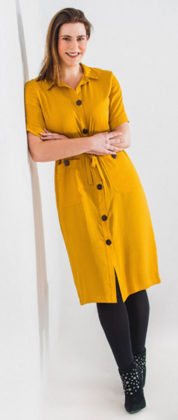
“True fulfillment for me is making
peace with your life choices and being
unapologetically your authentic self.
It’s a tough self-discovery journey to
truly know what you want in life and
to be yourself.”
Meet Rania Svoronou, one of the rising stars in the international design scene. She’s currently a Design Principal and Executive Design Director at IBM. She makes the human side of technology, well, human. Her numerous accolades have included Business Insider’s Madison Avenue Top 40 Under 40, Consulting Magazine’s Global Rising Star award, and a Top 100 Women in Tech UK just to name a few. In addition, Rania has shared her experiences and successes as a keynote TedX speaker and mentor to those just starting out.
NEO sat down with Rania for a chat about a remarkable journey that has taken her from Greece to London and now to New York.
For those of us less tech savvy, what does an executive design director at a major company like IBM do?F
There are many different roles an Executive Designer Director can perform based on the company and department they are working at. I am with the Consulting division of IBM; I work for our clients’ using design to help bridge the gap between emerging business and technology needs. I can sit in either the delivery or sales side based on the need and maturity of the project.
My focus is to make human-centered design integral for our Industrial clients across automotive, manufacturing, oil & gas, aerospace, high tech & electronics. I lead major client design engagements and part of my role is to build the design eminence of the IBM US Industrial market.
I also had the honor to be recently appointed as an IBM Design Principal, which is an IBM distinction for design leaders who’ve made substantial impact and have led transformational change within the company. IBM Design Principal are exemplars of design practice, craft, and leadership, and we are an integral part of IBM’s industry-standard design program.
There are only 64 appointed Design Principals in IBM globally.
Take us to the beginning. Did you always know you wanted to be an artist? To work in a creative space?
The short answer is Yes! What I do and who I am, have always been interrelated.
I love both art & design, but I separate the two. Design needs functionality, whereas art can only exist. I knew I wanted to be surrounded by immersive creative spaces and an abundance of visual creativity.
My design journey goes back to when I started drawing at the age of 7 years old. I was drawn to the visual world of shapes and colors from a very young age. My parents saw that I was so enamored in the moment every time they gave me coloring books and crayons. This led me to learn more about art & design as I grew up and by the age of 15 I knew exactly what I wanted to do; I wanted to be a graphic designer.
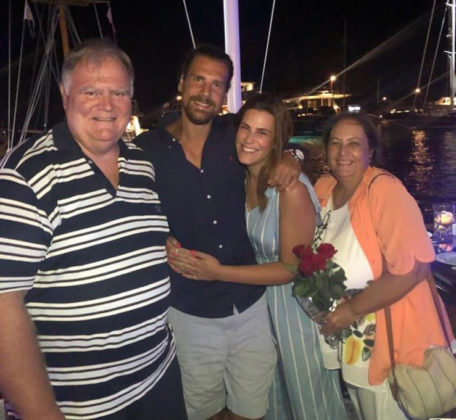
Family photo in Spetses island. From left, Nikos Svoronos (father), Alex Svoronos (brother), and Seti Svoronou (mother)
How has technology transformed the creative process for designers? For example, in photography shooting on film – a mechanical/chemical process – was the primary format up until 25 years ago or so. And then the digital revolution changed everything.
Technology has brought mainly a lot of speed into the creative process, which is great and provide us with faster results which adds business value. As an example, with modern tools you can rapidly iterate on a design, and you can move much faster to the development phase. In addition, collaboration between designers has also become way more efficient. In overall, technology has positively affected the design industry by helping designers improve their skills.
Saying this, I have experienced the mechanical/chemical process in photography as part of my Foundation Degree on Art & Design, and I believe that the wait teaches patience and respect for the creative process.
Thinking of the future ahead, we have already entered the AI Revolution and that will be fascinating to see where it takes the creative process. There are already debates on copy writing rights regarding artworks that are being generated by AI algorithms. Who really owns an artwork if AI is involved? Technology will keep enhancing the creative process as long as we don’t end up relying solely on it.

Rania with best friends, Aspa Lekka and Emma Androulaki
You’ve worked on so many varied projects and clients. Is there one that challenged you? That you feel most proud of?
Every project I have worked on had its charm and challenges. The one that challenged me the most and I was very proud about it, was Written in Sand, which was a physical interactive installation for my master’s Thesis. We were a group of four and had to think of a strong concept and bring a lot of different technologies and materials together. I have a huge respect for anyone that works on ‘live’ interactive installations and events. Anything and everything can go wrong at any time. Users will try to outsmart your installation, so you must think of every single scenario possible.
Written in Sand was an interactive installation that aimed to demonstrate that nothing exists longer than an instant, except the thing that we hold in memory. It creates several instances of this memory, archiving it in the form of sand drawing, a postcard as well as a digital feed and critically questions the permanency of these media.
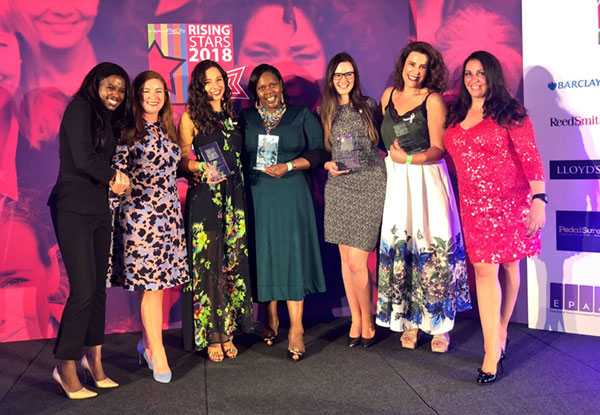
With the Rising Stars winners, We Are Tech Women, London, UK. On the far right is Vanessa Vallely (CEO & Founder, We Are Tech Women)
You’ve been recognized as both a leader and a woman in the design field. How had that inspired you? You’ve obviously given back as a speaker and mentor.
Design for me was never just an option – it is my passion – it is a way of life. There is a quote from Tony Robbins that states “People are rewarded in public for what they practice for years in private” and that could not be truer for any recognition out there.
I want to represent that no matter where you are coming from, hard work with resilience and passion can be a powerful combination. Spread the word on the importance of being resilient and embracing change, which is one of the hardest things to do. I want to make a positive difference and to inspire more women, more designers, more people to follow their talents and passions.
I’m a keynote / TEDx speaker, guest lecturer, and industry mentor at some of the world’s best universities and I’ve been invited to judge and mentor across the world. I am both a mentor and a mentee; my mentors were crucial to my life and shaped my design path. Good mentors can give you sound advice, great mentors show you the way. I’m always trying to give back. I see mentorship as a sacred chain that you should never break.
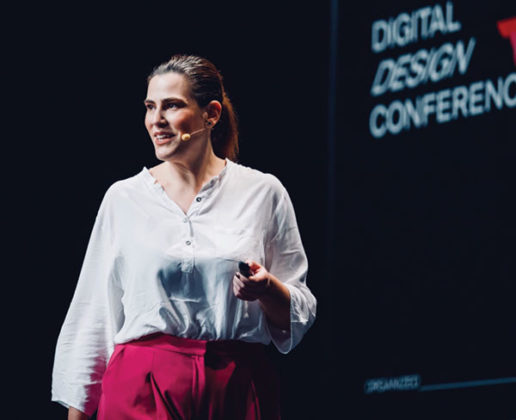
“I truly believe one of the strongest assets
we Greeks have is that we can be very
resourceful and we work really hard. Give
us one problem and we’ll find 100 different
ways to solve it. I believe it’s the main
reason we succeed in all parts of the world.”
You’ve also created many beautiful works and installations as an artist. Is that something you continue to pursue outside of the design world?
Unfortunately, not anymore! These were my more artistic and exploratory years during my studies and where time was in abundance. The truth is I do miss it and I always aim to incorporate more artistic elements into my creative process and to my team. I would love one day to be my own artist again and do art collaborations alongside my design career.
 What artists and designers have inspired you?
What artists and designers have inspired you?
My first inspiration and exposure to Graphic Design was from Paul Rand, ironic since I work for IBM, but this whole concept that you could communicate visually, for me was mind-blowing and that is why I decided to pursue design.
Picasso also had a big influence on me, and I would take any chance I could to see any of his original works around the world. My research thesis for my graphic design bachelor’s degree was on Picasso’s masterpiece ‘Guernica’. Picasso was the embodiment of an original great artist. I admire artists and designers whom their life’s journeys are reflected in their work. It takes a lot of courage and guts to dedicate your life into your profession and passion – no matter what that is, and this philosophy is a way of life that has always inspired me.
Your journeys have taken you from Greece to London, to New York and places in between. These experiences must shape you in wonderful ways. One fundamental thing I would say throughout my Greece – UK – USA journey was my exposure to so many cultures and skills. I witnessed the rise of my confidence levels as it was hard for me to find my voice and confidence, especially in foreign countries. But all the experiences I’ve gained along the way have shaped me into who I am. I’ve built a strong voice not to shout, but so that those without a voice can be heard and represented.
I also built an incredible support system and I always made sure I aligned myself with the leaders that I believed shared the same values. I would always ask them to be my mentors and I would learn from them. The design world is pretty small, and everyone is connected!
I encourage creatives to get international experience as it really opens your horizons and it’s a growth acceleration both professionally and personally.
I would not change a thing and I’m incredible grateful for all the experiences I gained along the way – the good ones – and the bad ones!

How has your Greek background shaped you both creatively and professionally?
I’m culturally a loud Greek, bold on my statements and continuously challenging the status quo. I grew up with an abundance of natural light and beautiful landscapes. Colors are part of my identity and personality. I’m all about bright colors.
I’ve been called multiple times a force of nature and I believe in living a ‘colorful’ life full of experiences, setbacks, failures and wins. I believe in being resilient and relentless.
I truly believe one of the strongest assets we Greeks have is that we can be very resourceful and we work really hard. Give us one problem and we’ll find 100 different ways to solve it. I believe it’s the main reason we succeed in all parts of the world.

What’s your essential philosophy for achieving success and fulfillment in your work and personal life?
The love and quality of your relationship with yourself and others will define the quality of your life. I do expect my philosophy though to keep evolving and adapting to my life’s changes as the only constant in life is change.
I attained some success without rest and only now I get to really understand that any success cannot be sustained without rest. Sustainable success and fulfillment are the real goal. True fulfillment for me is making peace with your life choices and being unapologetically your authentic self. It’s a tough self-discovery journey to truly know what you want in life and to be yourself. Who we become throughout this process is more important that the success itself.
All I know is that I’m a lifelong learner and I love giving back and supporting others when I can.

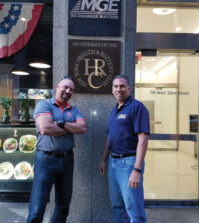


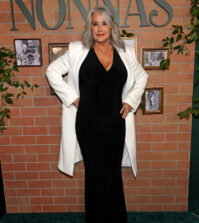

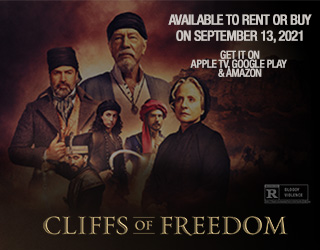
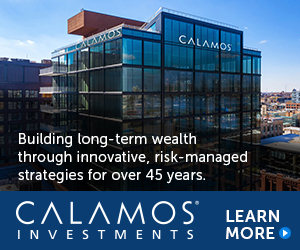
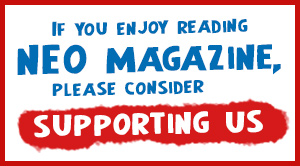

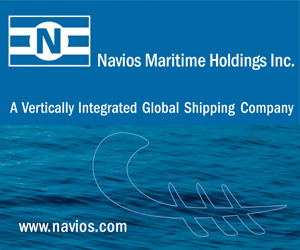

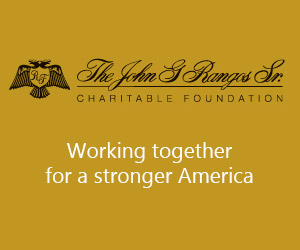
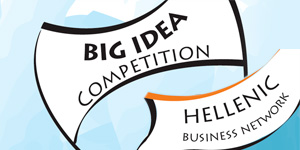
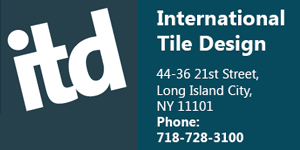
0 comments